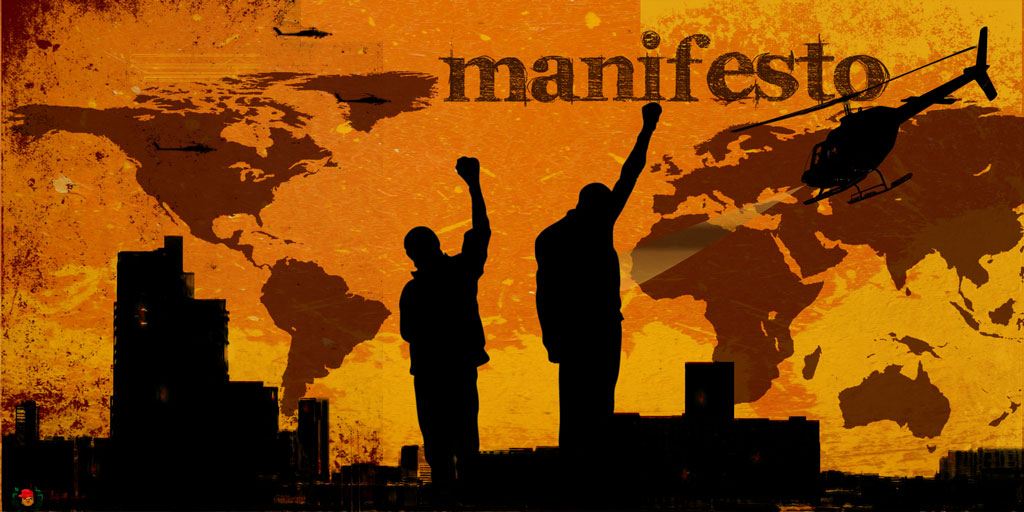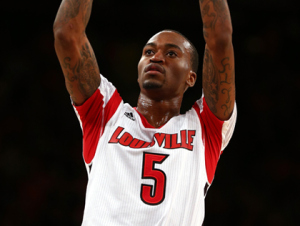Intoxicated Demons of The Golden Era - Chris 'Preach' Smith
 Sunday, April 7, 2013 at 1:27PM
Sunday, April 7, 2013 at 1:27PM 
One of the mysteries that occurs these days when discussing hip-hop is, how
the Latino influence seems limited in the accounts of a few writers and websites
above board. That is another discussion for a series of articles, for real. But,
considering that yesterday was the 20th anniversary of The Beatnuts’ debut EP,
‘Intoxicated Demons’, I felt it was only right to discuss how The Beatnuts and this
EP had a profound and subtle impact on the hip-hop culture with its release.
The Beatnuts’ debut EP made waves for a couple of reasons. First, the music. To
that, ‘Reign Of The Tec.’ The waves that single and its video created still linger
today. Juju’s opening verse was similar to the rapid fire delivery of a submachine
gun and just as brutal in the lyrics. Follow that up with Psycho Les’ off-the-wall
lyrics and Sadat X of the Brand Nubians’ classic line from the ‘Punks Jump Up To
Get Beat Down’ remix on the hook? Killer. And then the video turned it up way
past ten on the dial. But this was the thing; in that time, networks were feeling
the increasing heat about overt violence from some rap artists. That was soon to
increase because of N.W.A. and Ice T especially, putting out ‘Cop Killer’ that same
year. So videos with an insane amount of violence weren’t going to make it past
censors for ‘Yo!MTV Raps’ or ‘Rap City’. Even ‘Video Music Box’ had to be careful.
Enter The Box. A channel where you called in, and ordered the videos that YOU
wanted to see? Ground-breaking. Sure, you’d have to endure viewer blocks that
made you scratch your head (to that person who ordered the BellBivDevoe ‘Do Me
Baby’ remix video to be played six times in a row, I hope your kids appreciate the
mood music for their conception) but you also got a chance to catch some great
videos. And in addition, you saw videos UNCUT. So the video for ‘Reign Of The Tec’
aired and it BLEW UP. If you watch it today, you’ll be amazed at how they could
even sanitize the video for airplay. You’ve got them rhyming with pistols in hand,
with someone cutting up drugs with a playing card in the background. Guns are
letoff. The video is mostly black and white, chock full of shootings, ambushes and
even ending with some woman tied up in a corner. 
For The Beatnuts, ‘Reign Of The Tec’ would be the only single off of the EP
that charted, but their foot was now in the door. The flip side was, it was
counter-balanced by the other single to be released, ‘No Equal’. ‘No Equal’
is notable because it was a bit lighter overall but it also featured their
third member, Fashion, who would go on to go solo as Al Tariq. The video
for that track made the airwaves too, but was so-so. (Look out for a young
Fat Joe in the background.) The Intoxicated Demons EP was the prelude
for the critically acclaimed album with the same name to be released the
next year.
To a young cat from Queens, they were yet another source of pride to be
found in hip-hop, with Juju being from Corona and Psycho Les being from
Jackson Heights. I got better acquainted with both of those neighborhoods
thanks to going to high school within a stones’ throw of them and that
almighty bus pass that let you roam until 7 P.M. They also made a mark
due to both Juju and Les interspersing Spanish into their rhymes on the
regular. The Beatnuts got a lot of love for that, and for their production skills
as well - they were both DJs who got into production with support from Afrika
Bambataa, who linked them with the Jungle Brothers. That meeting led to
them getting their current name as well as the distinction of being the only
Latino members of the Native Tongues family. From there, they went on to
produce tracks for various artists including Monie Love, Common, Supreme
NTM out of France, as well as doing Chi-Ali’s whole album. That led to them
getting signed up with Violator Management and Relativity Records, a move
that saw them work with Kurious and Fat Joe closely. Their success led to more
Latino MCs rising up on the East Coast in alignment with established West Coast
MCs like Kid Frost, Mellow Man Ace and Cypress Hill. This EP along with that
production work helped to fully define the sound of that era, soulful beats
with some knock on the bassline and tinges of jazz and great samples. Look
at ‘Reign Of The Tec’ for the Black Sabbath sample. They even got Sadat X to
be in the video to visually do the hook as a first of sorts since sampling artists
usually meant you caught a bad one via legal battles. It helps that they were
fellow Five Percenters.
The fact that both Juju and Psycho Les were longtime Five Percenters wasn’t
TOO surprising when you take into account how the culture developed
in cities across the United States. I was still a bit surprised though when
Common spoke on it in an interview, talking about how they chided him
for drinking 40 ounces and eating pork when they were on tour together.
It also explains how Fashion became a convert to Islam soon after their
first full debut, Street Level. Go through every track on that EP and note
how rich each beat is with samples. You also have to take into account
that they gave another shade to the vein of rugged rap you found with the
rise of Nas, Black Moon, M.O.P. and others out of New York City. The Intoxicated
Demons album should serve as a touchstone to how the rising Latin presence
was firmly cemented in hip-hop and also as another example of just how
informed and nuanced producers were in those days.









